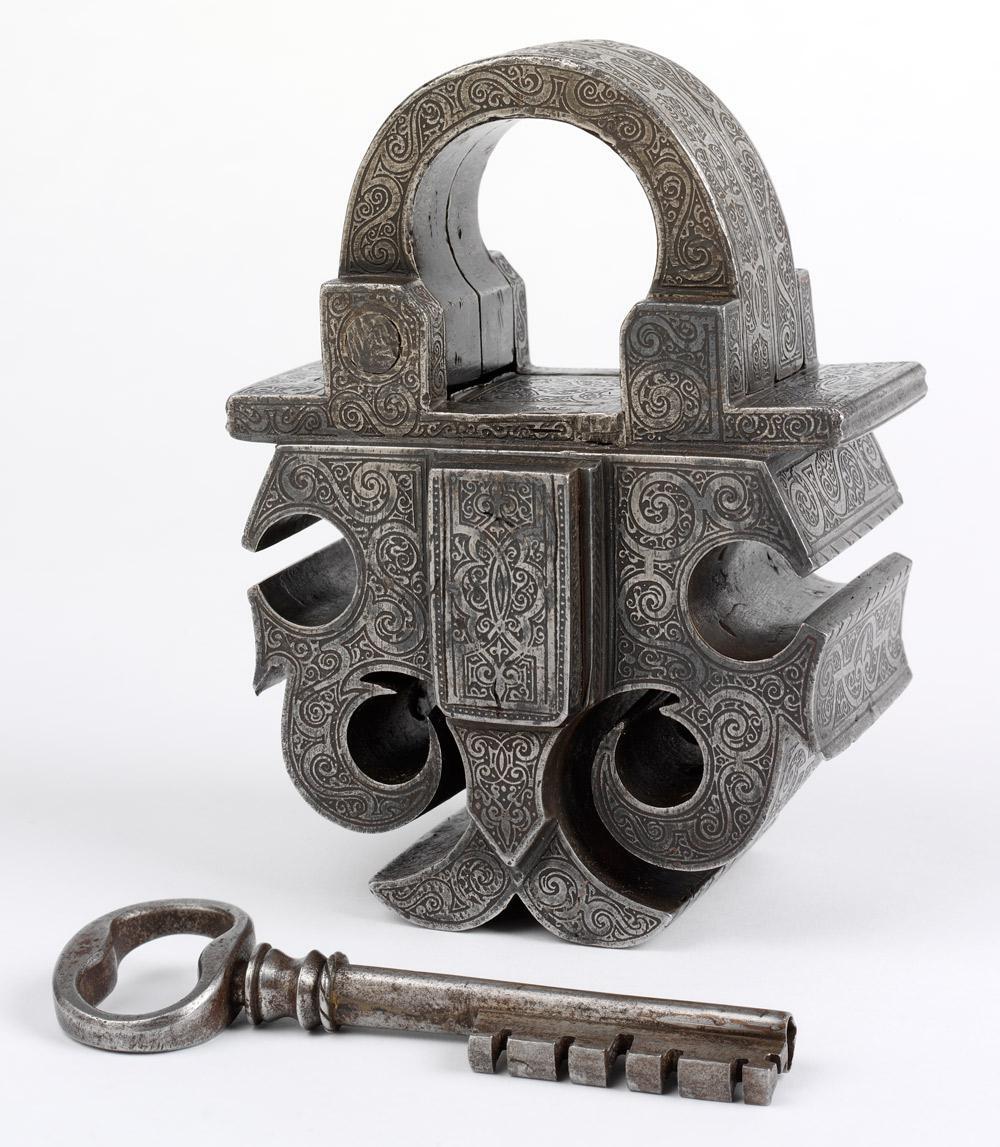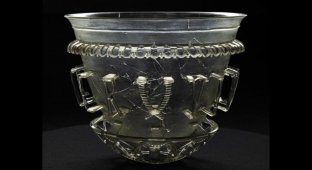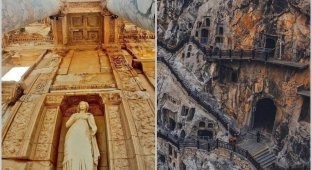17 artifacts of the past that prove that earlier craftsmen were no less handy than they are today (18 photos)
These items are not only a testament to the technical skill of their creators, but also reflect the cultural, religious and social aspects of their time. Among them are various objects made of metal, stone, wood and textiles, which are decorated using complex and unique techniques. 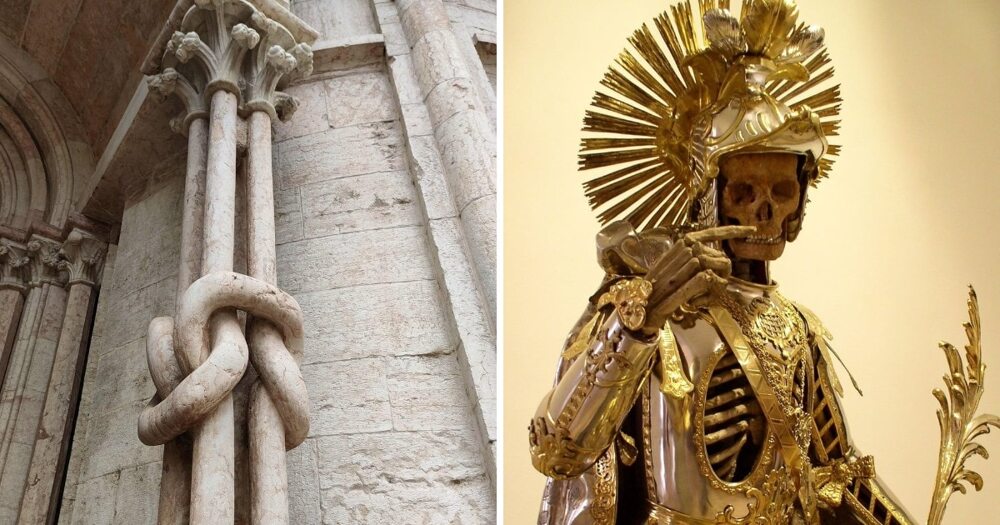
Each artifact carries its own original story and often has symbolic meaning to those who created or used it. Research and restoration of such historical finds allows us to better understand the heritage of the past and preserve it for future generations. Their magnificence continues to inspire contemporary artists, designers and craftsmen to bring new ideas to life.
Armor for knightly tournaments of Maximilian I, 1480 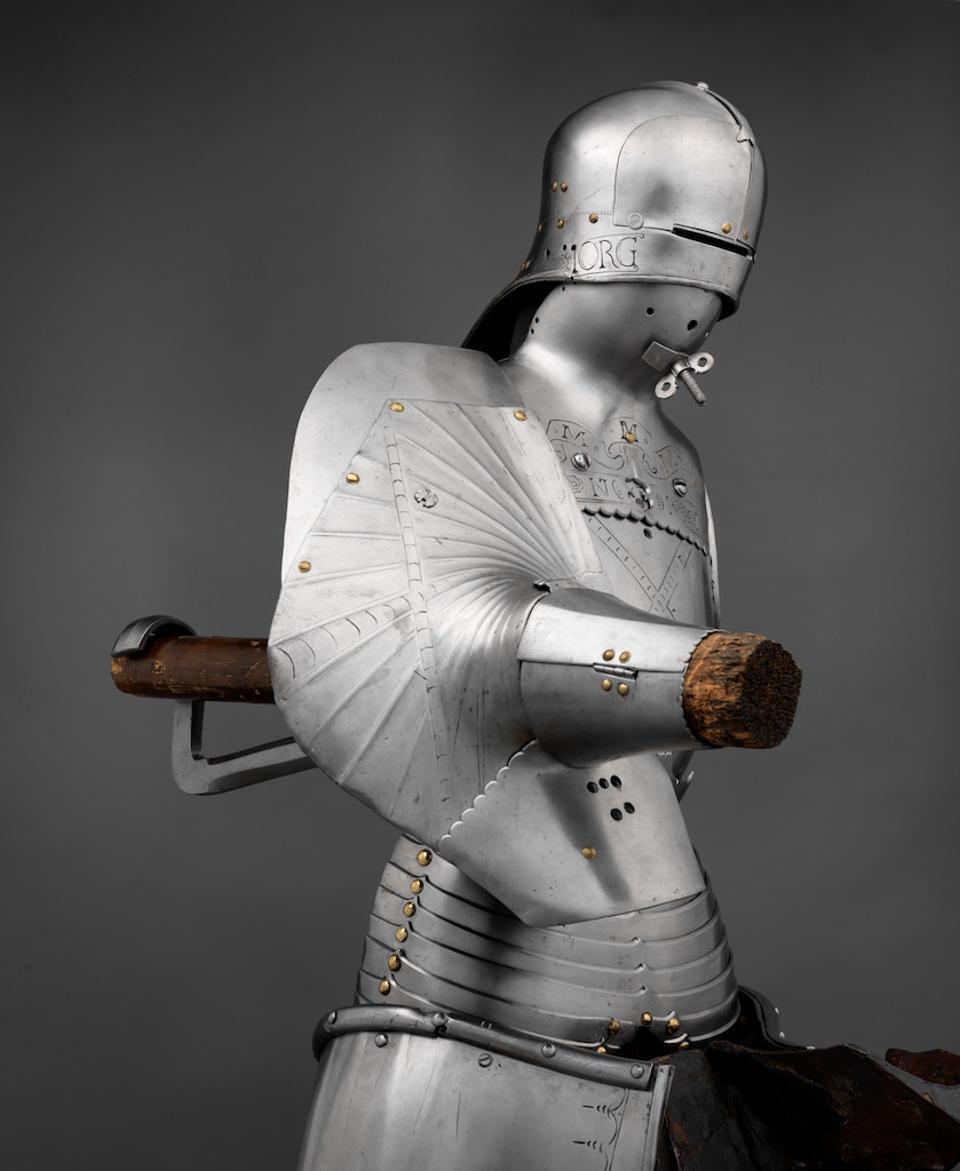
Maximilian I was an iconic figure in history. He was King of Germany and later became Holy Roman Emperor.
Golden Persian ceremonial sword "Akinake", 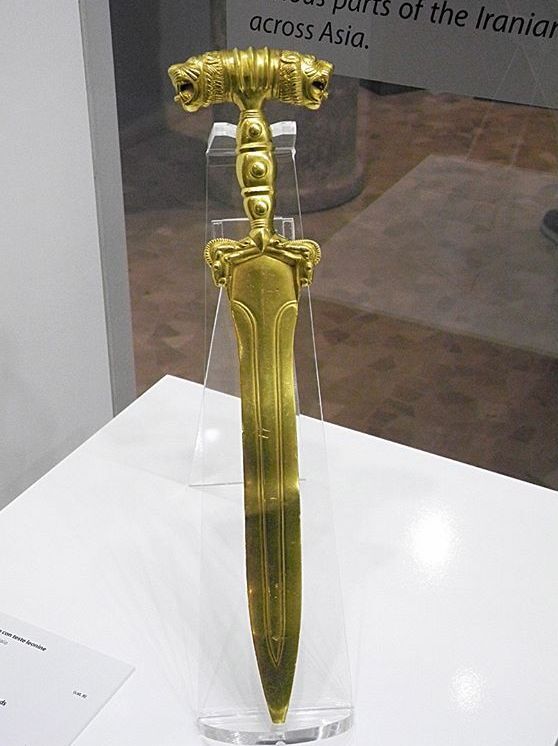
This exquisite golden sword was made during the Achaemenid era. It was one of the greatest and longest lasting empires, ruling from 550 to 330 BC and covering large parts of the Middle East.
Large basalt head excavated in 1946 in Mexico 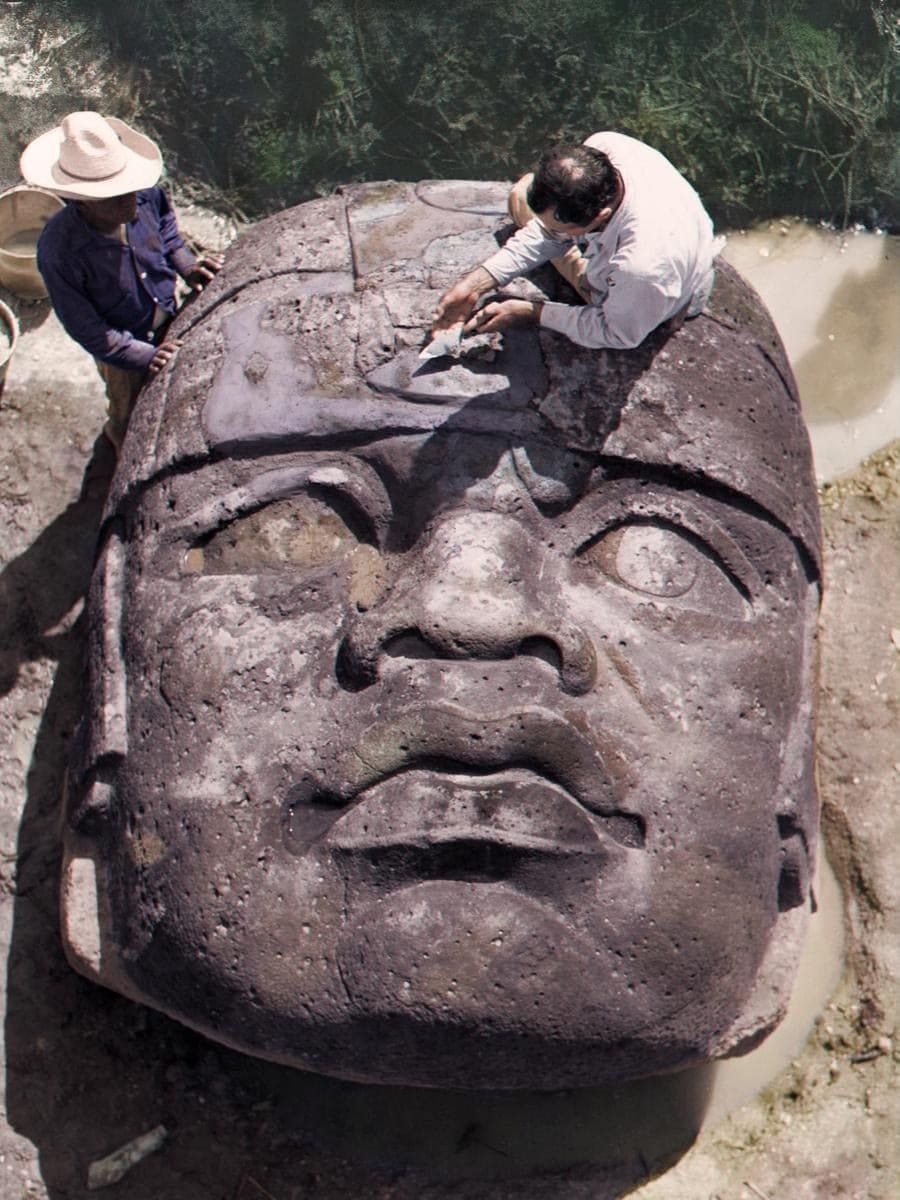
The sculpture belongs to the Olmec civilization (ancient Mesoamerican tribes) who lived in the territory of modern Mexico in 1200-900 BC. A total of seventeen similar heads were found. They are believed to depict portraits of prominent Olmec rulers.
Men's gilded leather shoes, Norfolk, England, 1893-1897 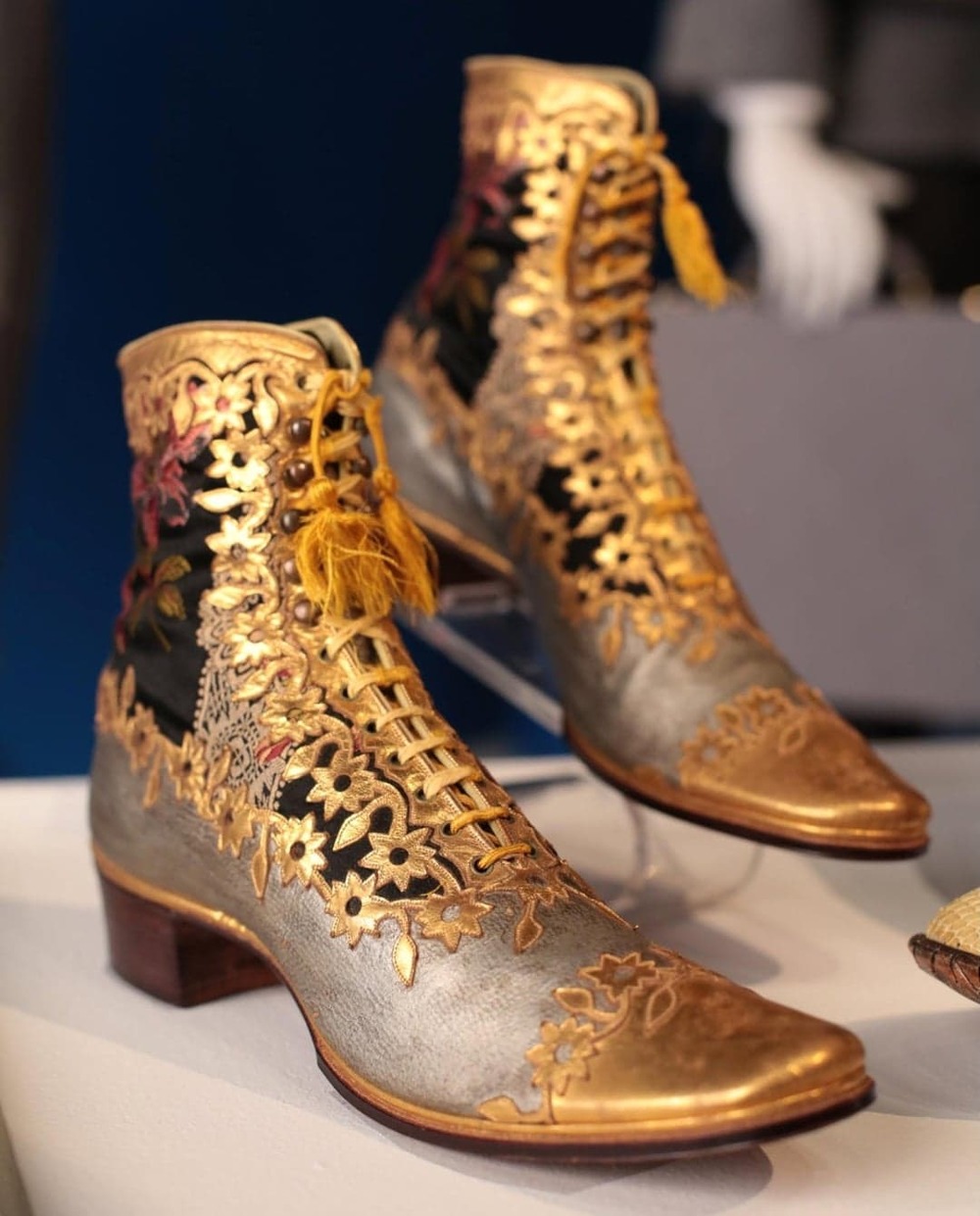
As you can see, previously men preferred bright and rather eccentric shoes.
Ancient Greek statue of Persephone, 2nd century BC 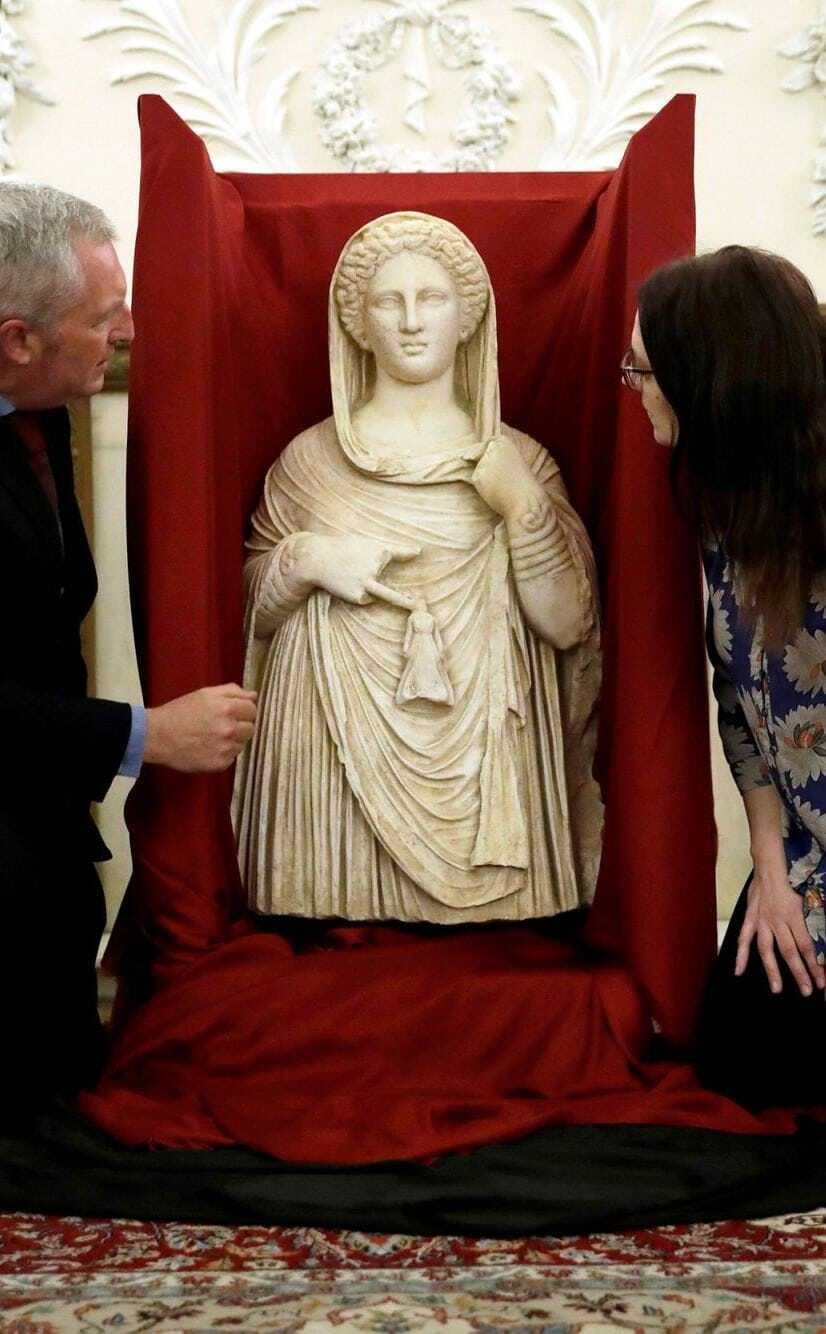
The walls of the Ark fortress, which are located in Bukhara in modern Uzbekistan, 5th century 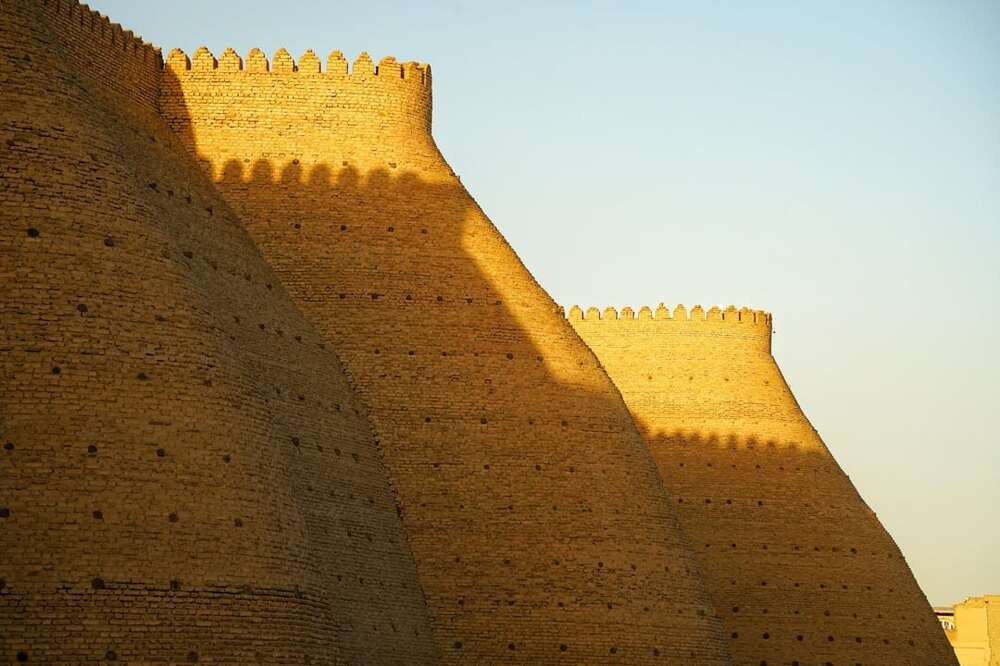
Ark is the oldest citadel, rising almost 20 meters above sea level. Previously, the fortress was destroyed by the troops of Genghis Khan, and then by the Bolsheviks.
Hiti carcass, also known as the royal bath, Nepal, 1627-1647 AD 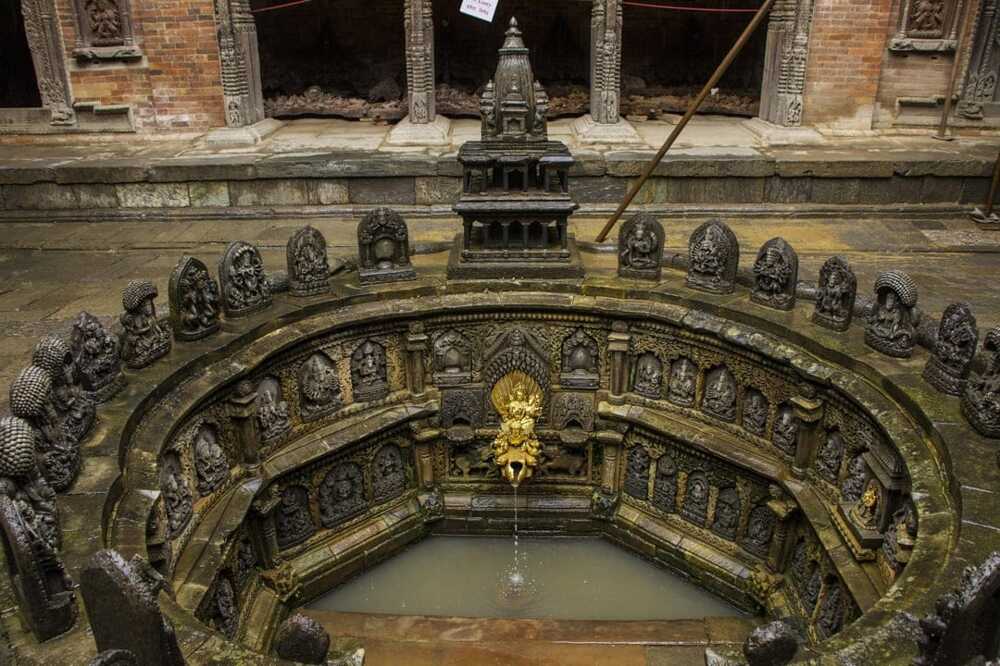
This bathhouse was commissioned by the Malla royal family. Some historians are sure that the structure was not intended for bathing, but for water sacrifices to the gods.
Four interwoven marble columns located in the Cathedral of Trento in Italy, 13th century AD 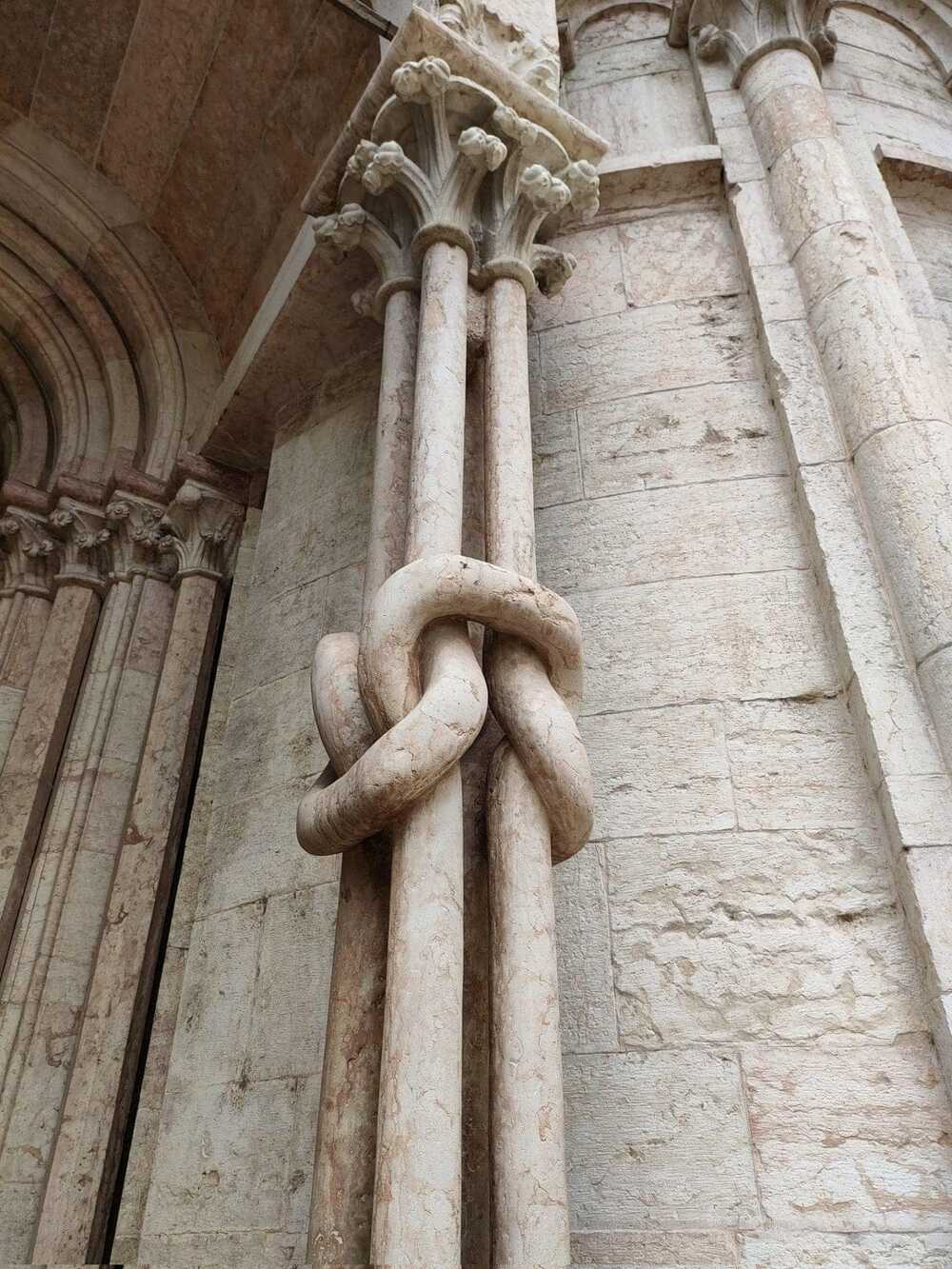
The knot is a symbol of the dual human and divine nature of Christ, as well as the Father and the Son, united by the Holy Spirit.
A beautiful Mesolithic amber figurine of a bear, which was made approximately 12500-3900 BC 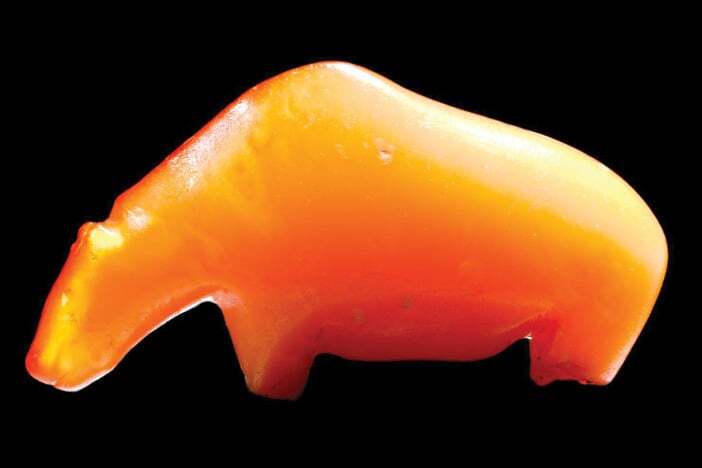
Already in those days, people were drawn to the fine arts and made amazing progress in this direction.
Unusual agate in a gold ring, Rome, 1st-2nd century AD 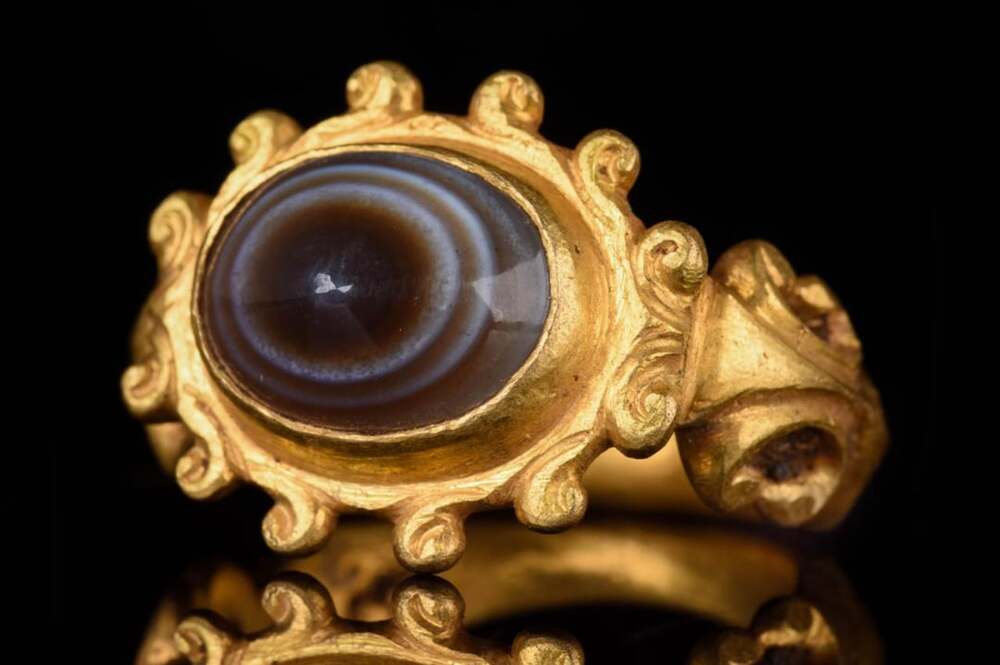
Butterfly clip made of gold wire, rubies, sapphires and two pearls, China, Ming Dynasty, 1368-1644 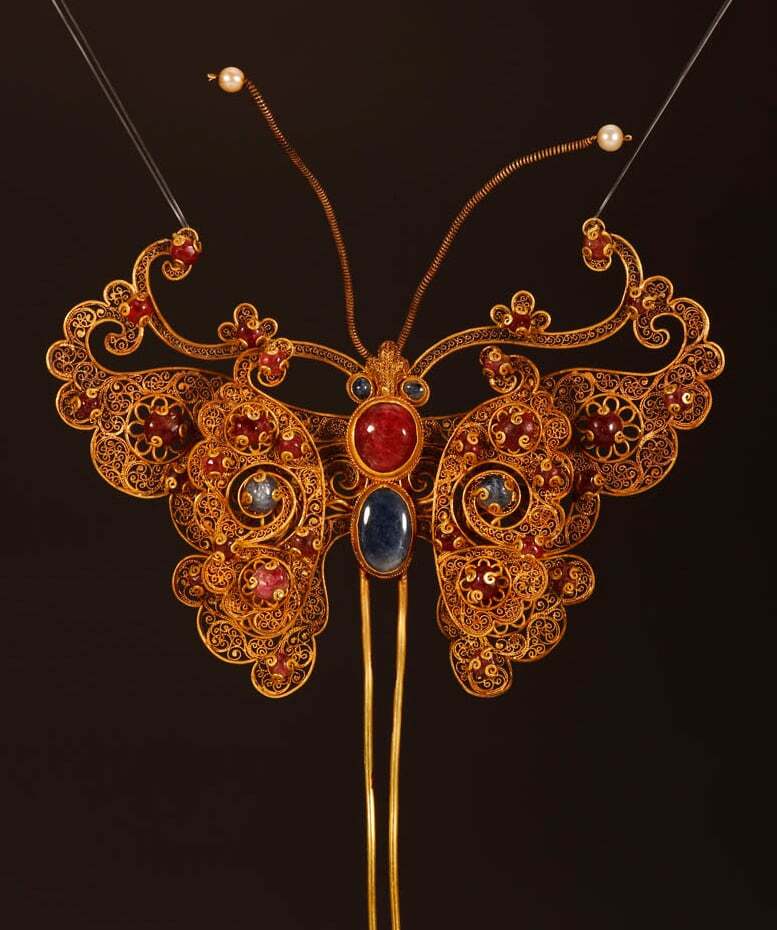
The Ming Empire is a powerful Chinese state that was formed after the fall of the Mongol Yuan Empire.
Wrought iron railings at Chantilly Castle, France, 1870 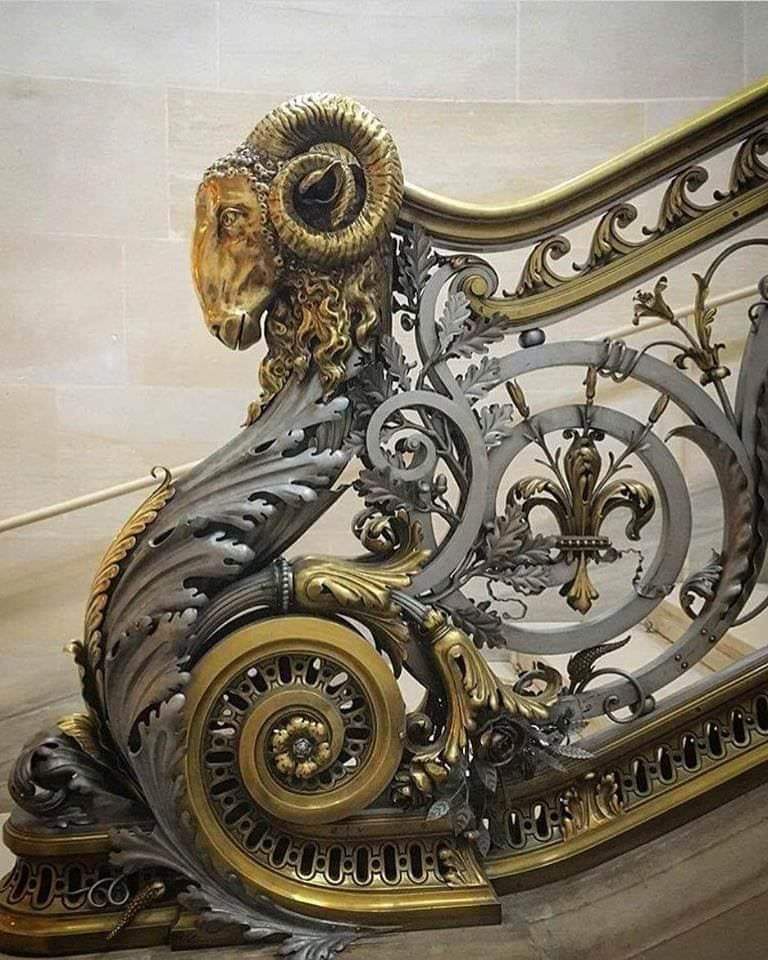
This work of art was made by the famous French masters, the Moreau brothers.
Hellenistic Greek cast glass vase in the form of a garnet, 2nd century BC 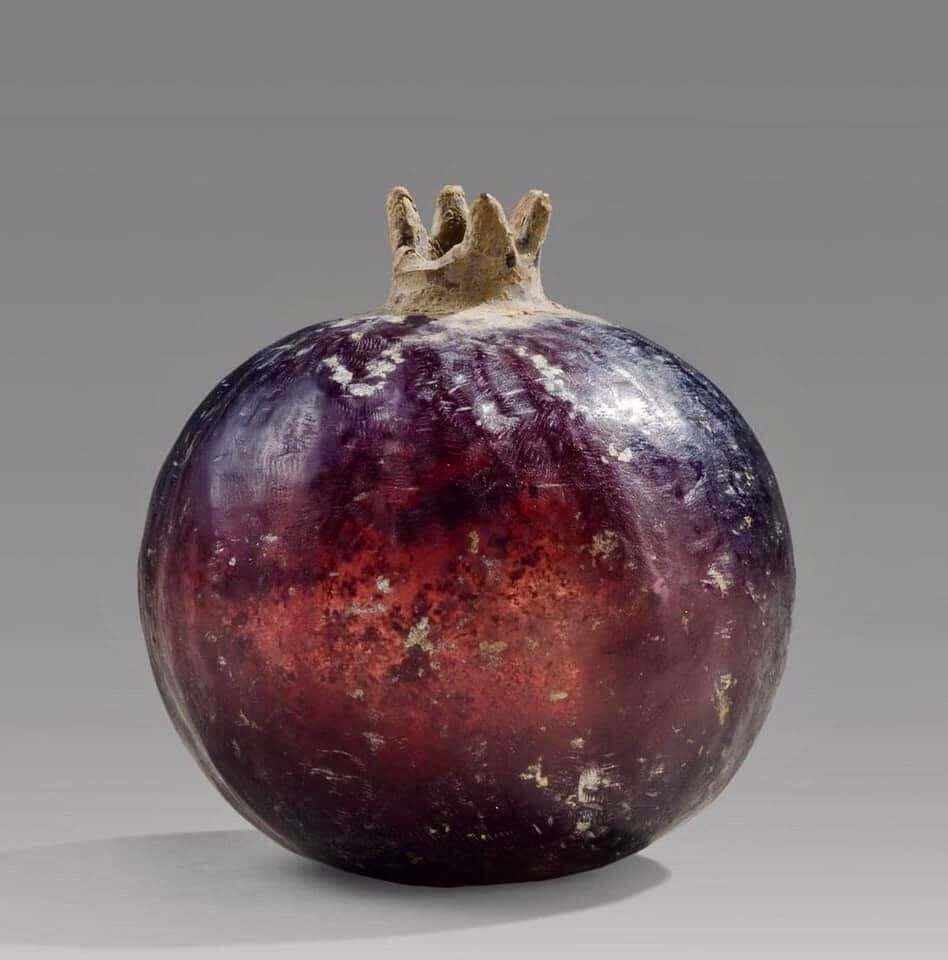
Armor recovered from the Roman catacombs of St. Pancras, 16th-19th century 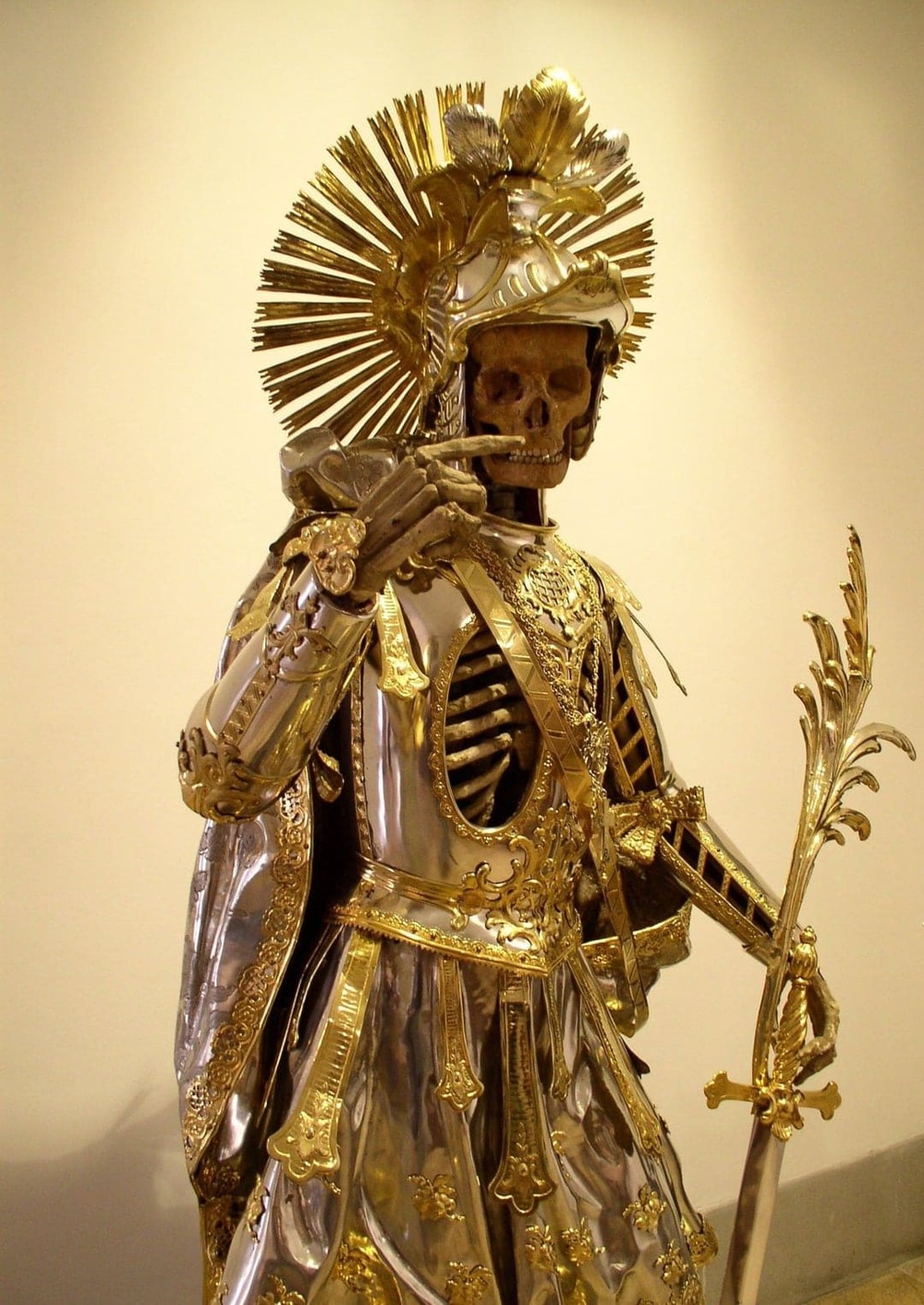
The Roman catacombs were unique tombs that housed the remains of people who suffered death for their faith as members of the Roman Christian community. They were considered sacred, so in those days churches, monasteries and even home chapels tried to take such a “saint” into their care. Today, most of the “catacomb martyrs” have been lost.
The amazing clock of Marie Antoinette, 1782 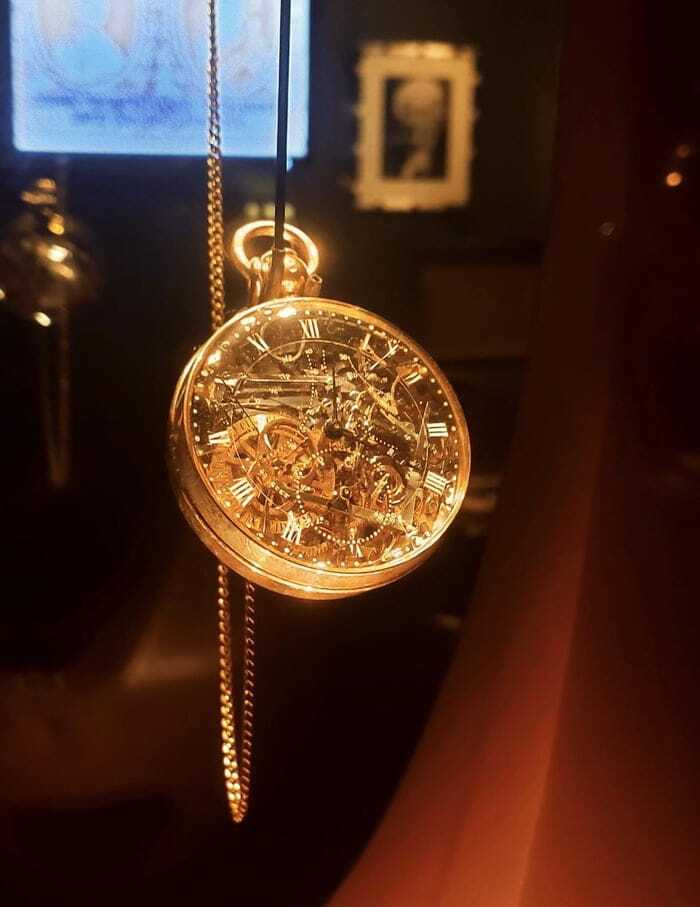
It took over 40 years to make this watch.
Basilica, or Ottoman cannon - a bronze weapon of incredible size, 1453 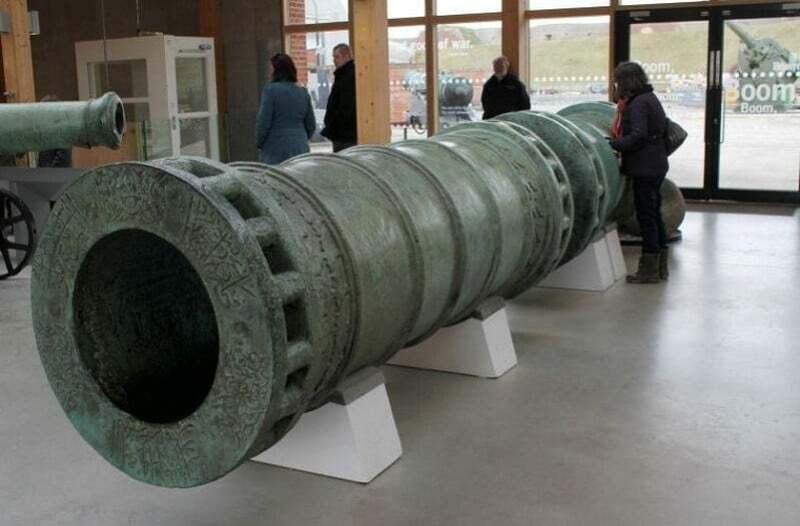
This is a huge bombard capable of firing stone cannonballs. The structure weighs more than 18 tons. It was built by an outstanding Hungarian military engineer named Urban for the Ottoman Sultan Mehmed II.
Lock and key, Germany, 1580s 